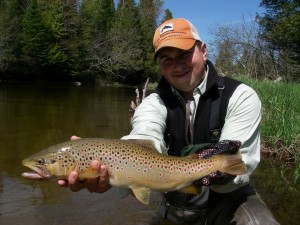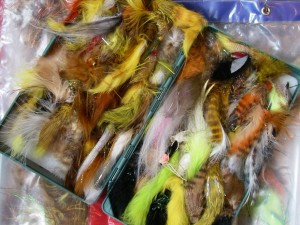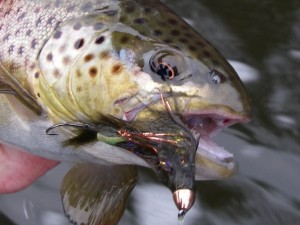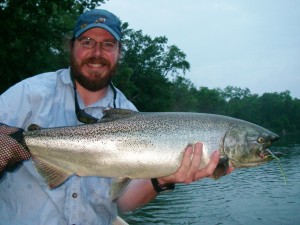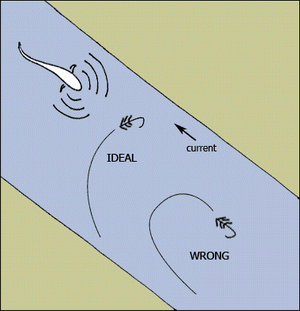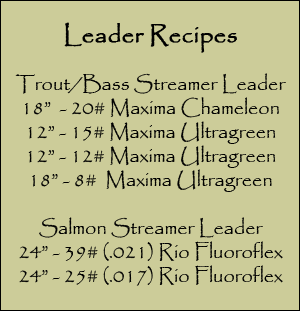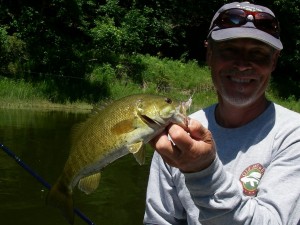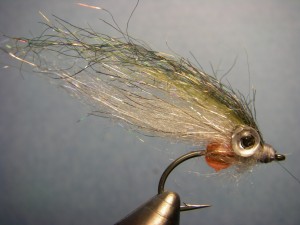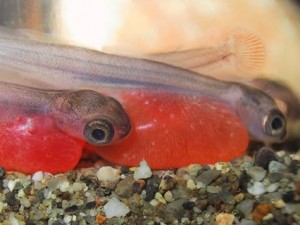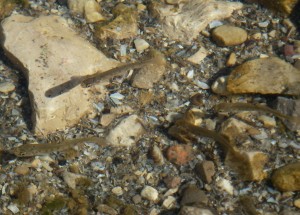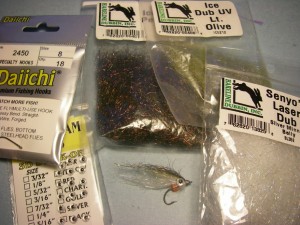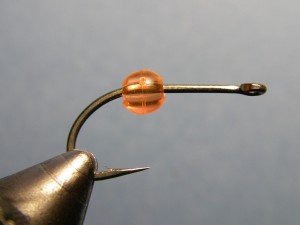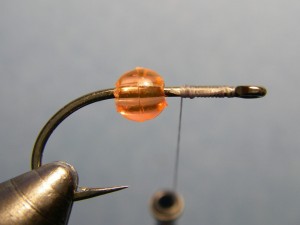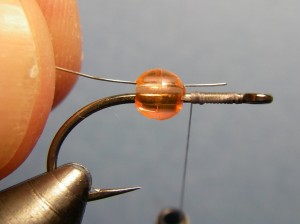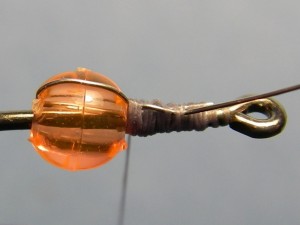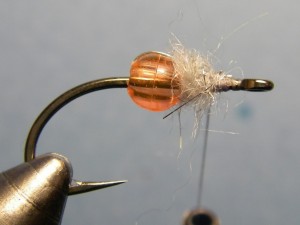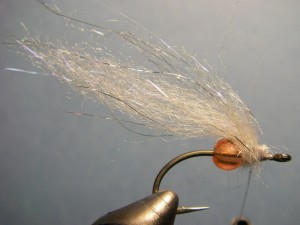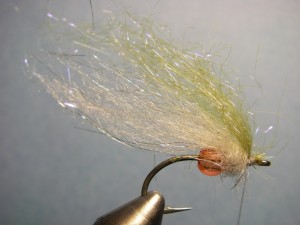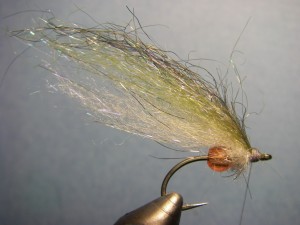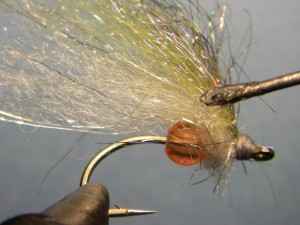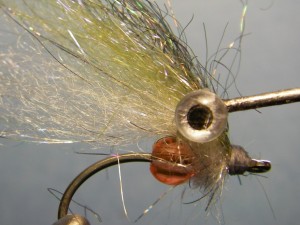Happy New Year!
With a bunch of white stuff on the ground and a thermometer spending more time below the freezing mark than above, opportunities to fish have been limited. Still, when conditions are comfortable (think no or little wind) steelhead are playing along with our game plan of bending the rod. Steelhead numbers are decent for winter thanks to some timely rains late in the fall – these fish should “winter-over” until spring, with more trickling in all winter long.
Look for fish in the Manistee to be spread throughout the system from Tippy Dam to the mouth and with a tendency to lurk in the deeper, slower water in and around structure. Now is a good time to fish indicators/floats to suspend flies above wood but drift fishing and evening swinging a fly is working with water temps in the mid to upper 30’s – a rare occurrence for January. This time of year I like to fish a relatively large egg pattern (#6) in tandem with a hex nymph that has lots of motion to it. The Betsie and even the Boardman has had some fish in them for those looking to fish a smaller river and/or have limited time and need to fish close to home/work.
Trout fishing remains a possibility on the Manistee with the streamer bite continuing to produce, however you want to slow that strip down and fish some of the slower moving water rather than the fast stuff. It’s not a bad idea to shorten that fly’s size a little bit, too – fish are getting lethargic.
Keep cabin fever at bay by looking at the forecast and get out when those breaks in the weather offer an opportunity to spend it on the water rather than at the fly tying bench.
Good luck.
Ted
Click here to read the December / Winter 2016 Newsletter.
Trout – Browns below Tippy Dam continues despite the weather – look for warm-ups and get out.
Steelhead – Fish numbers are decent and should provide opportunity throughout the mild forecast winter.
Spring Steelhead – Typically starting late March and extending through April – got your dates secured?

